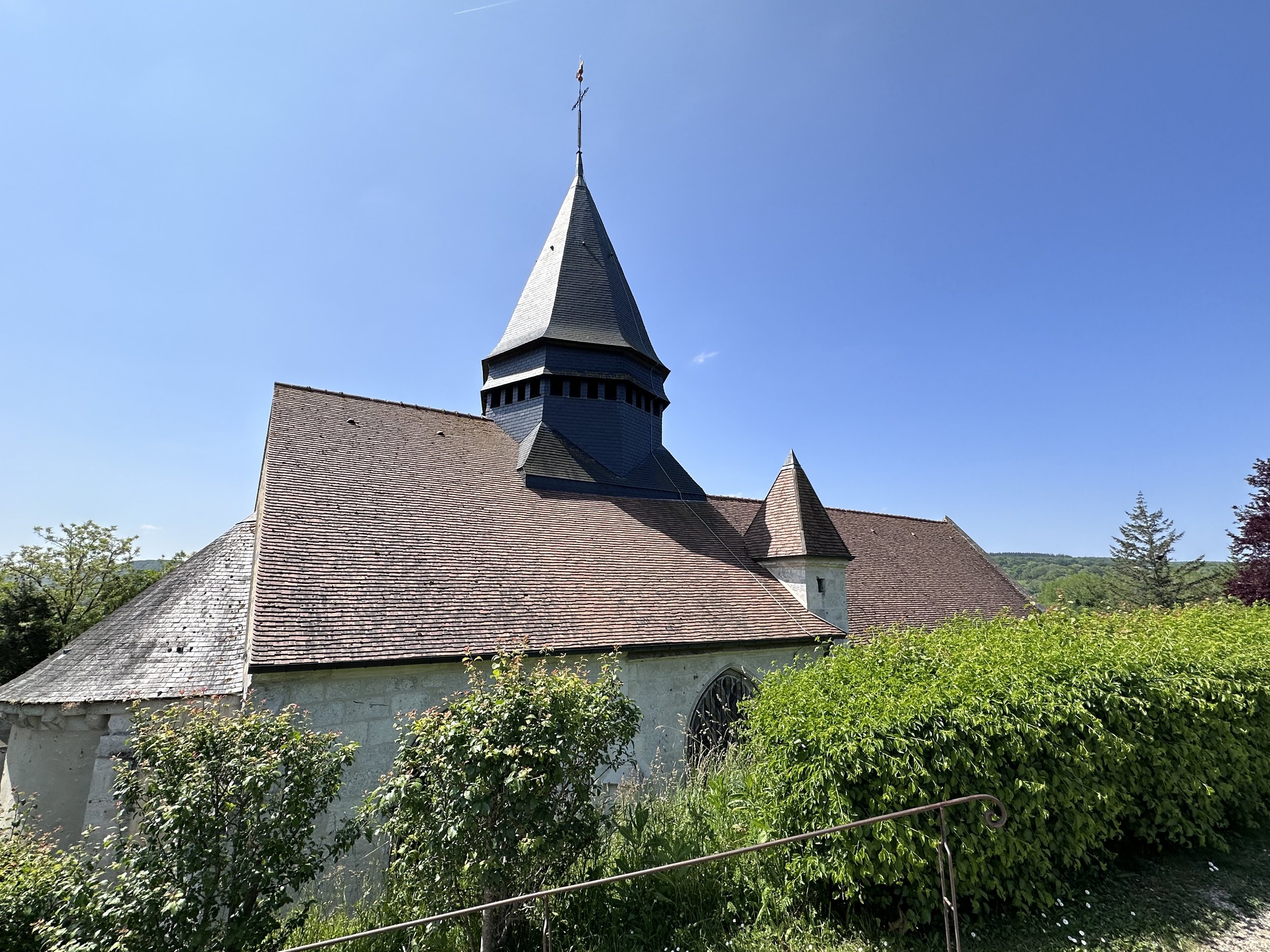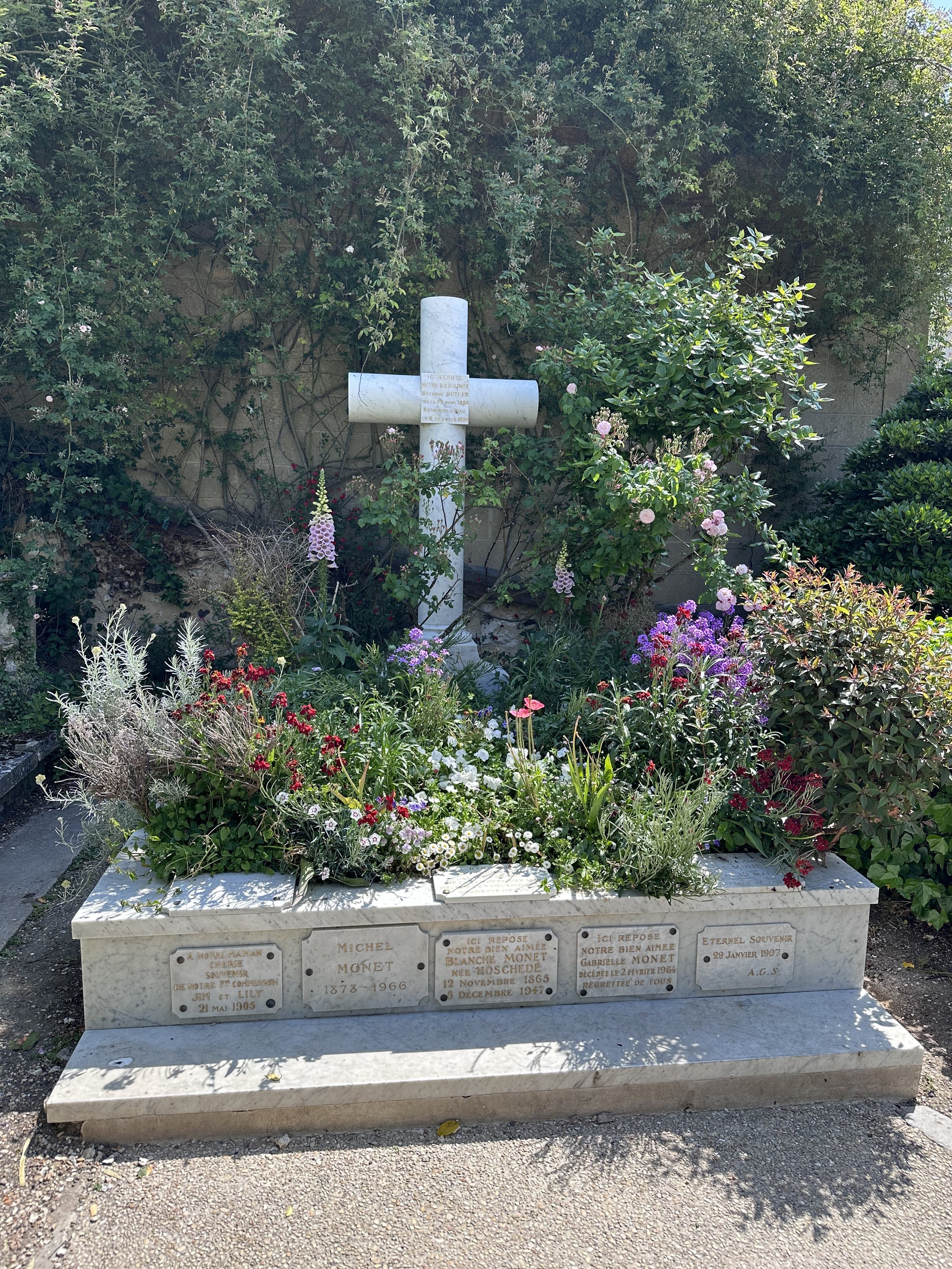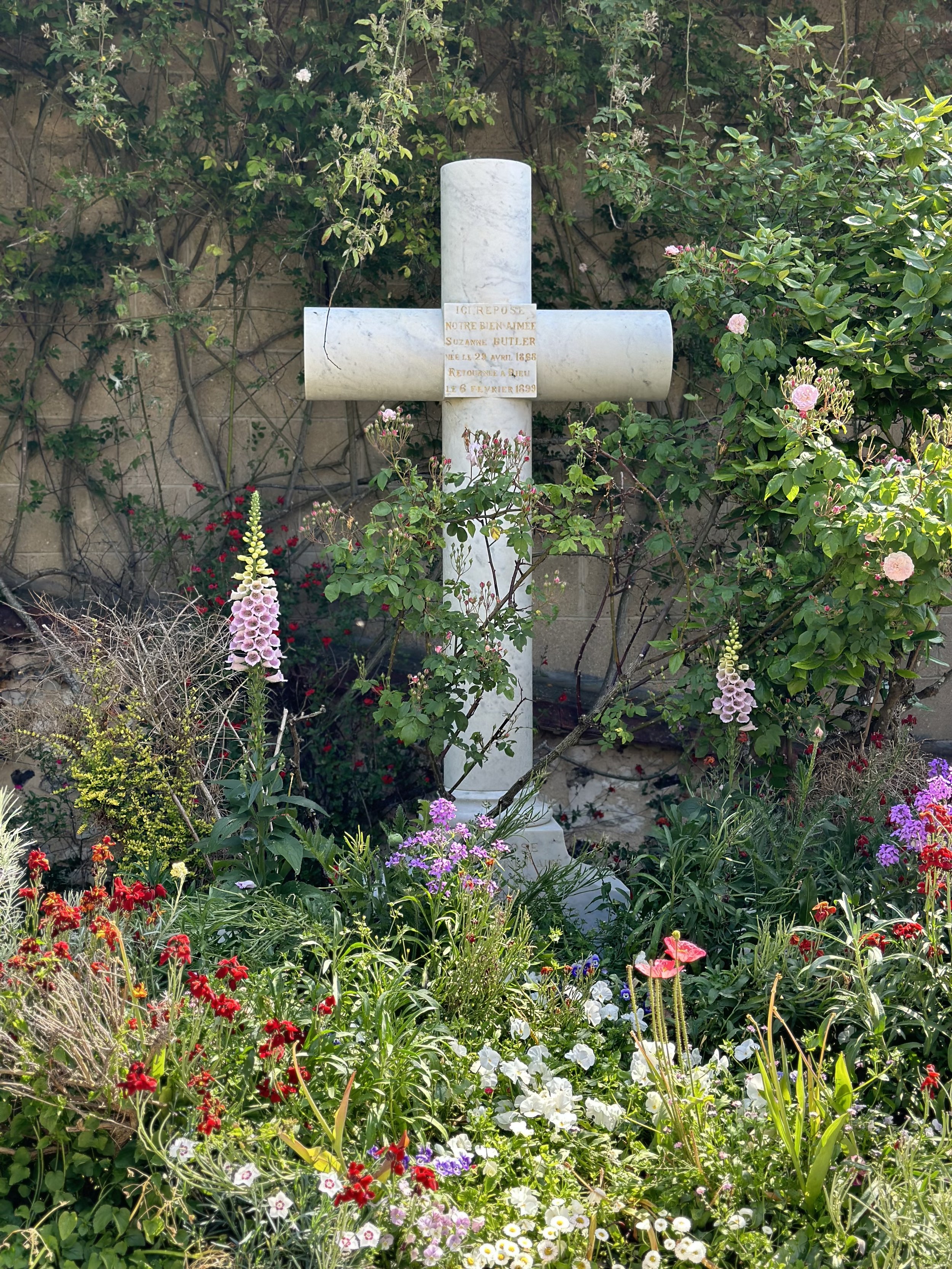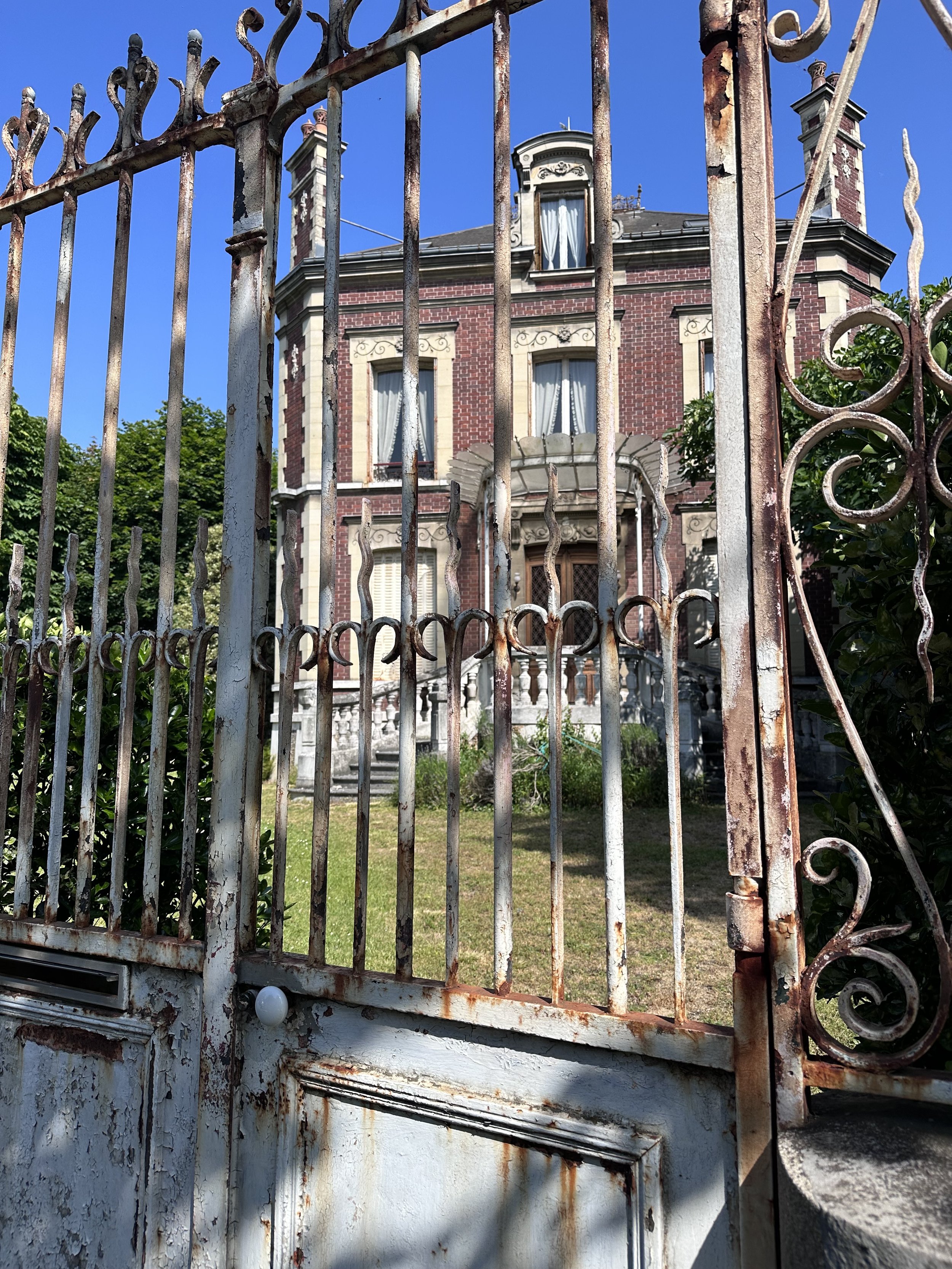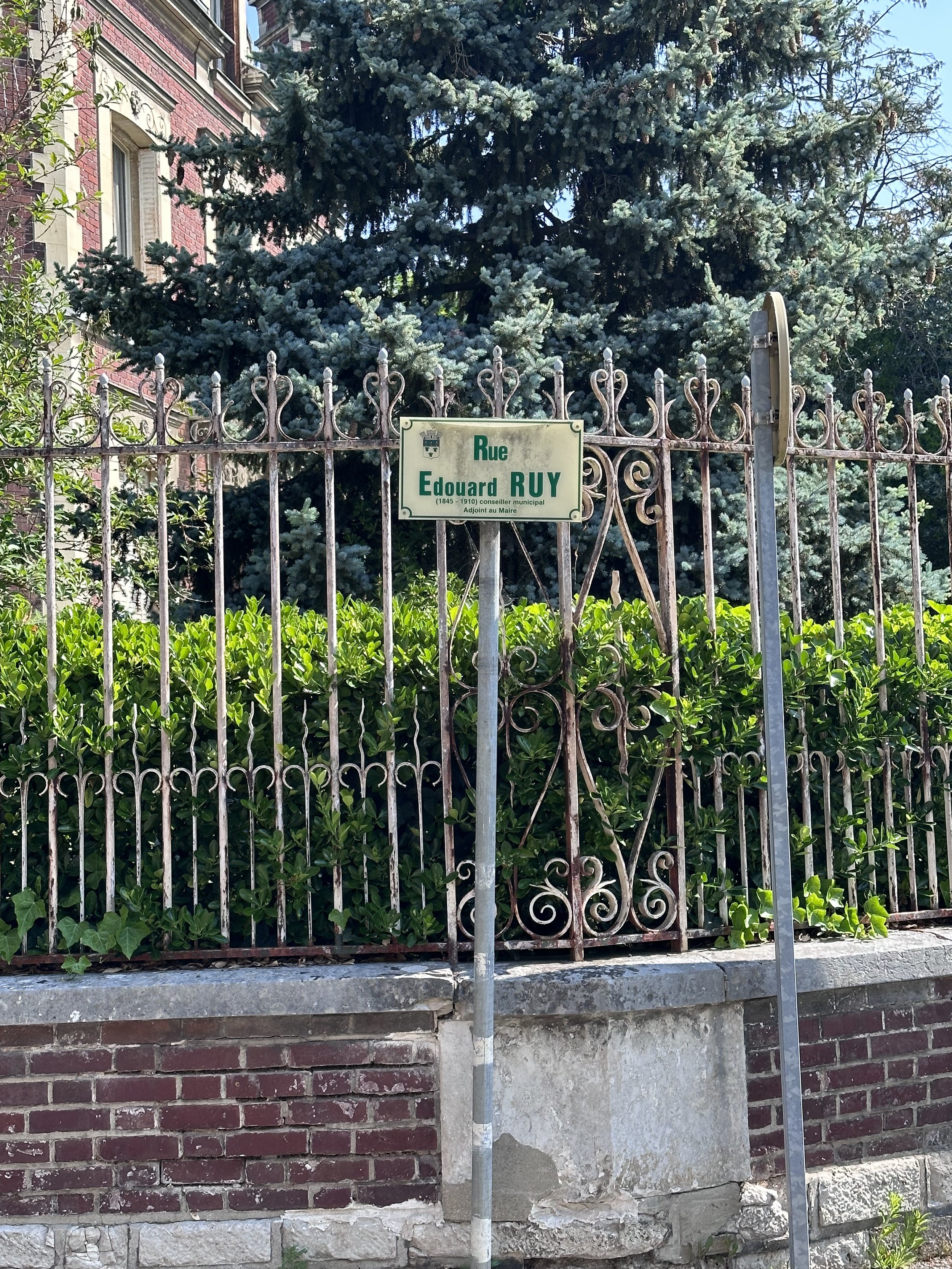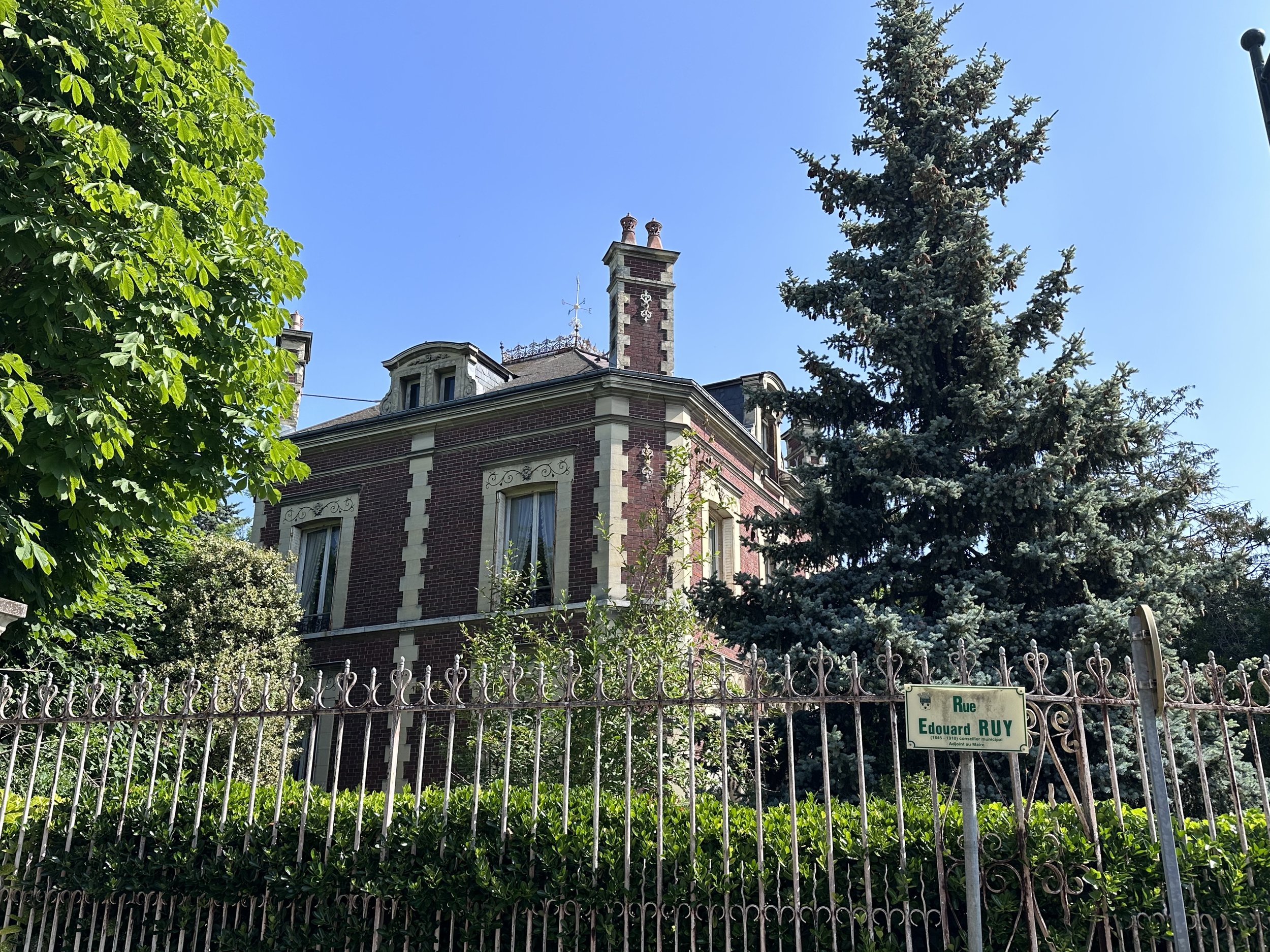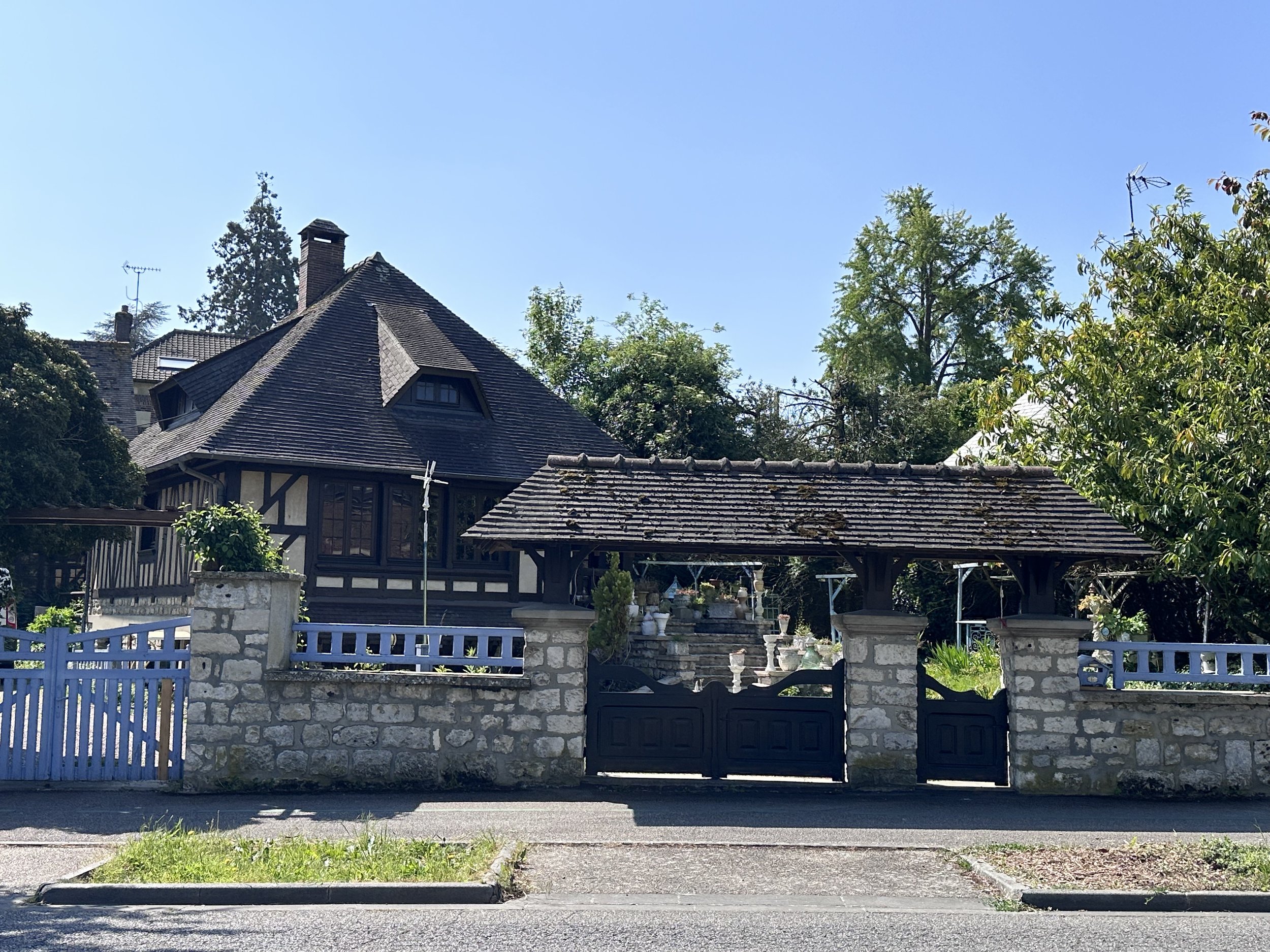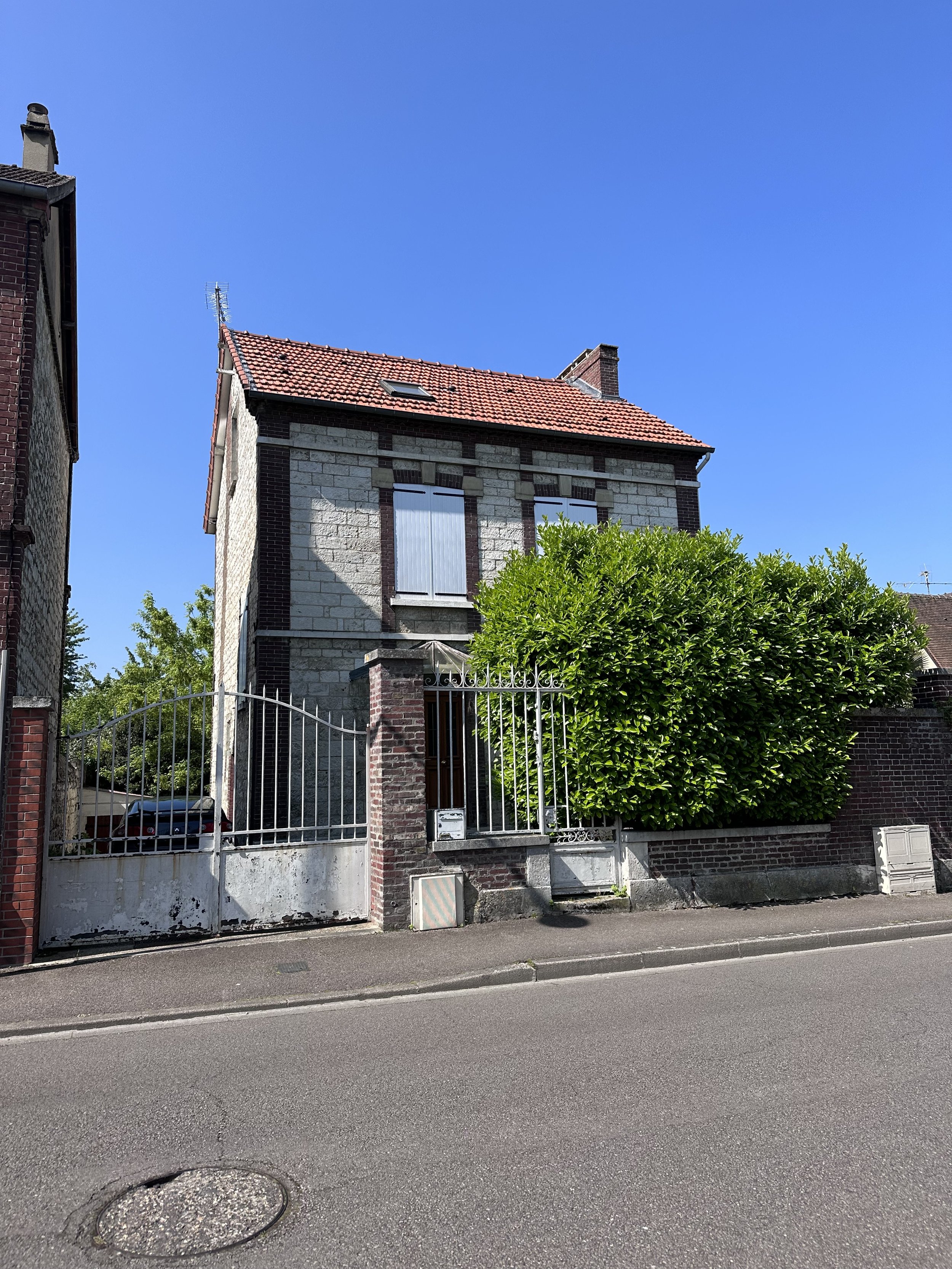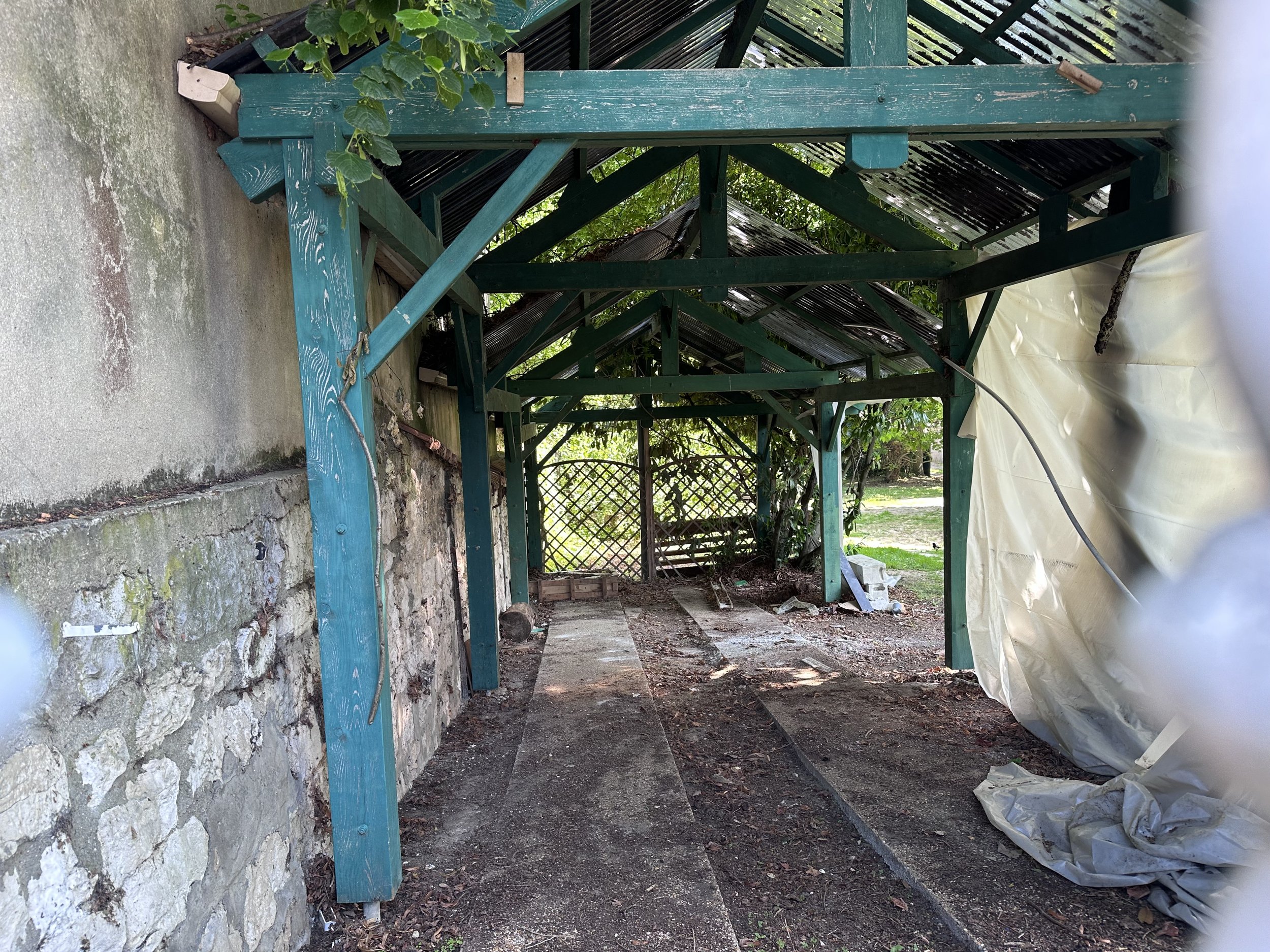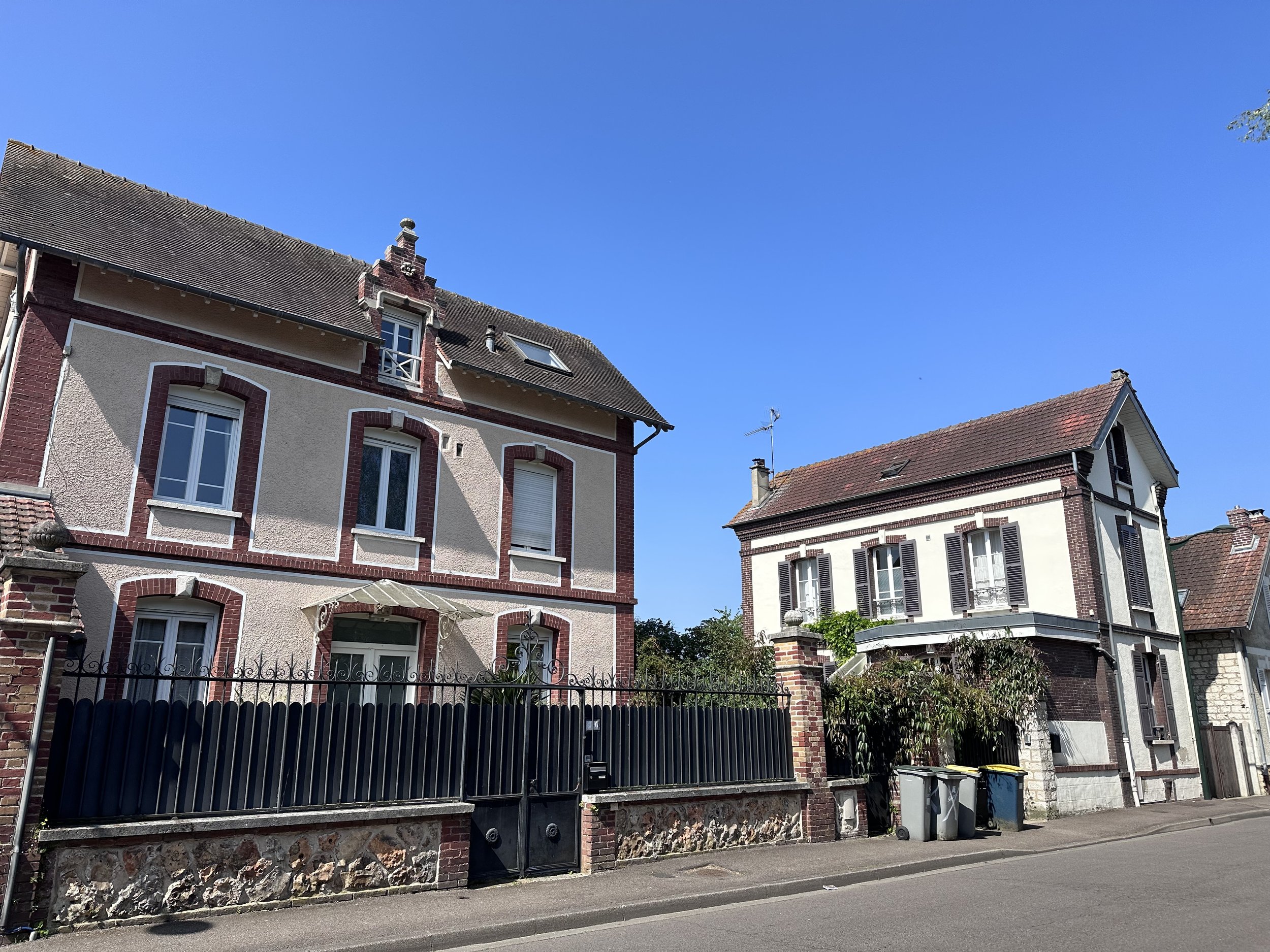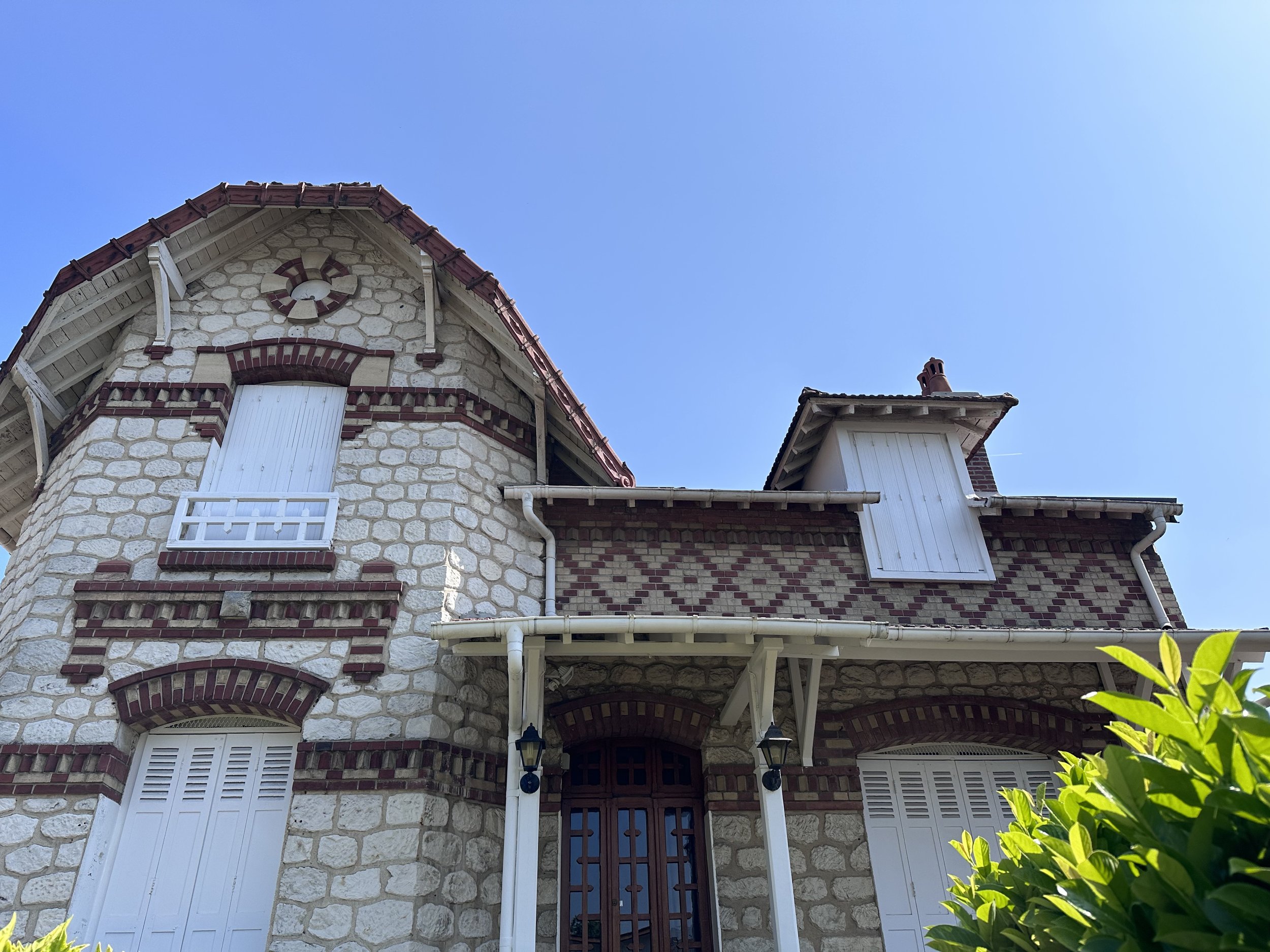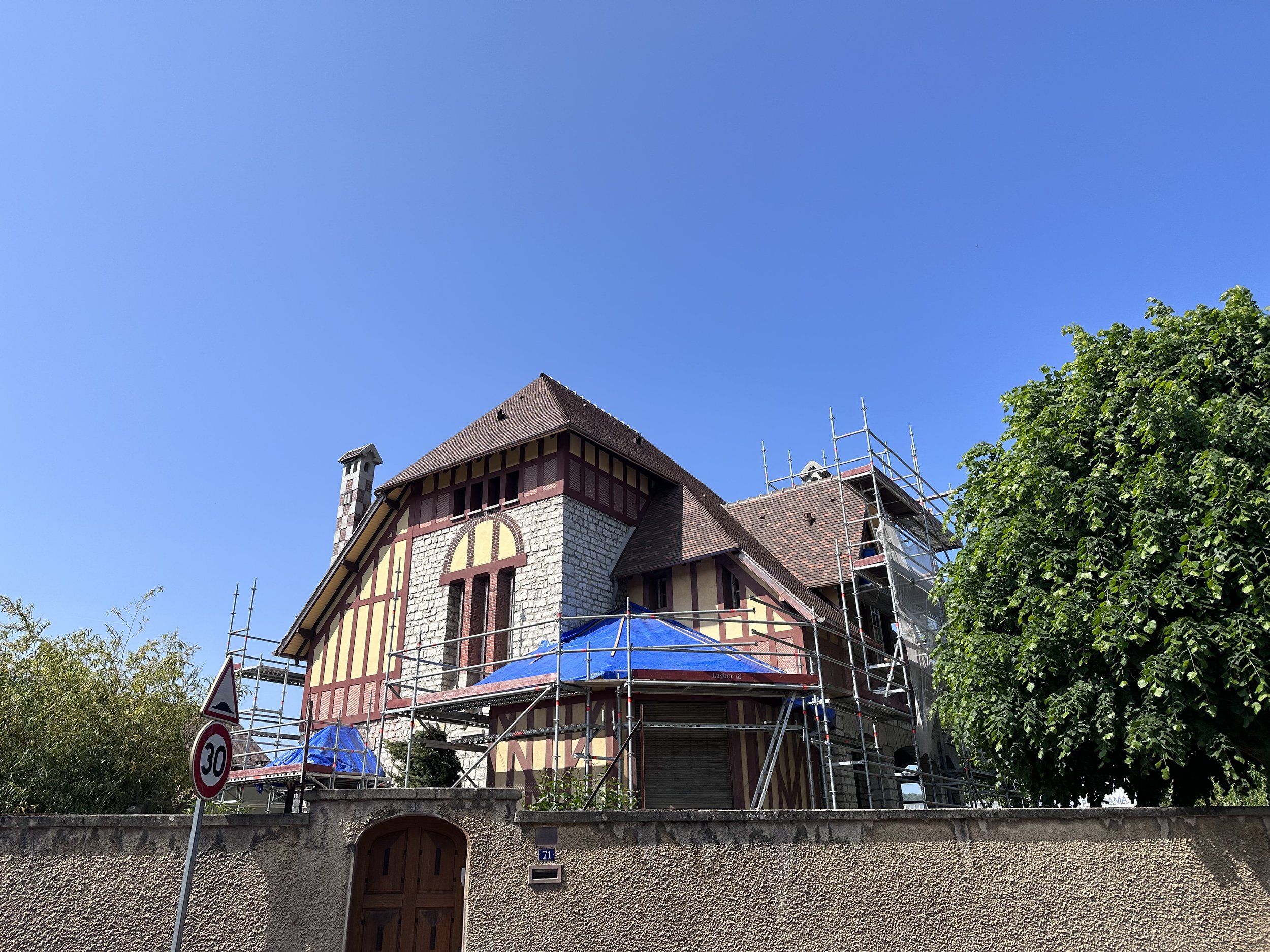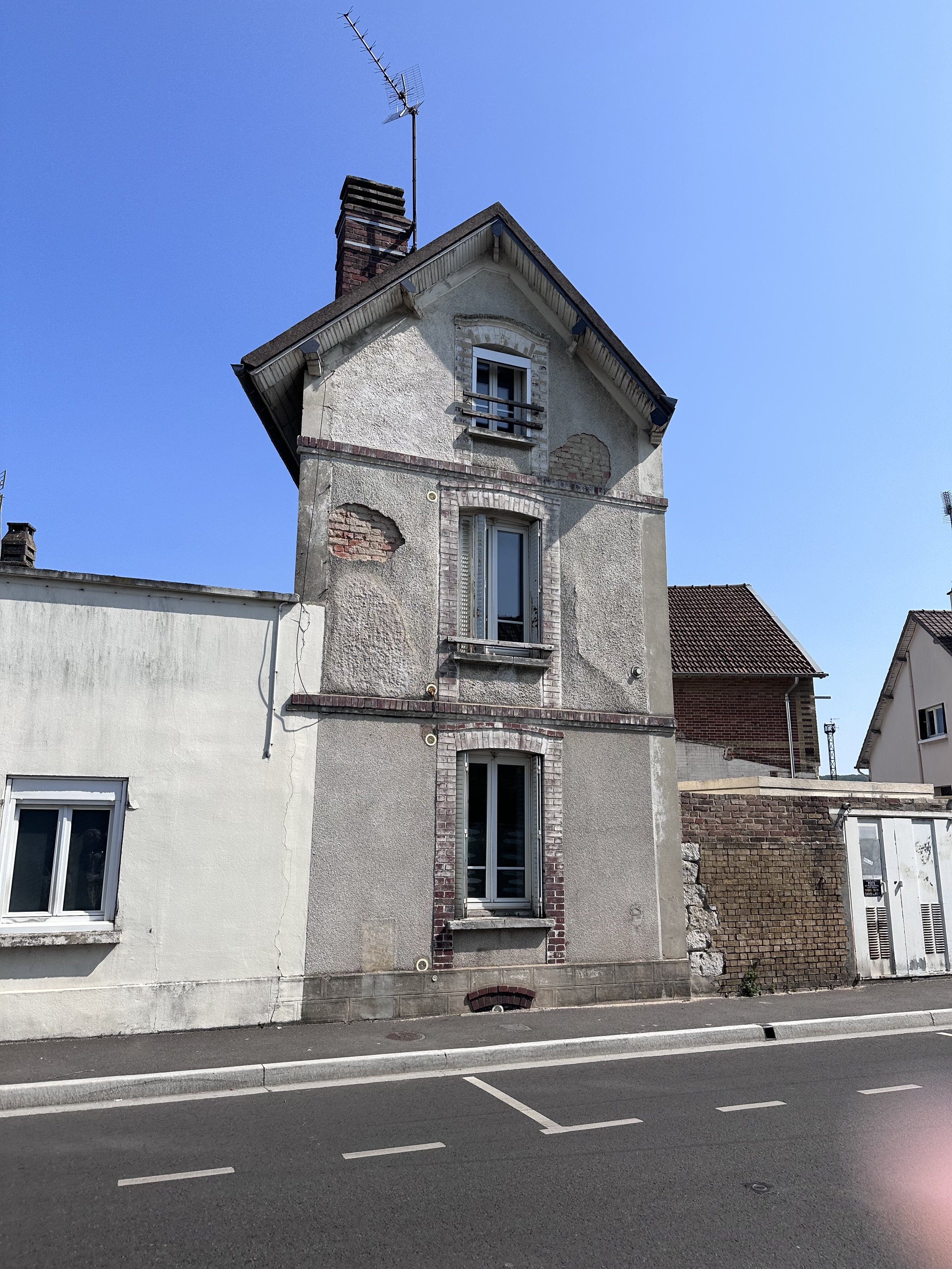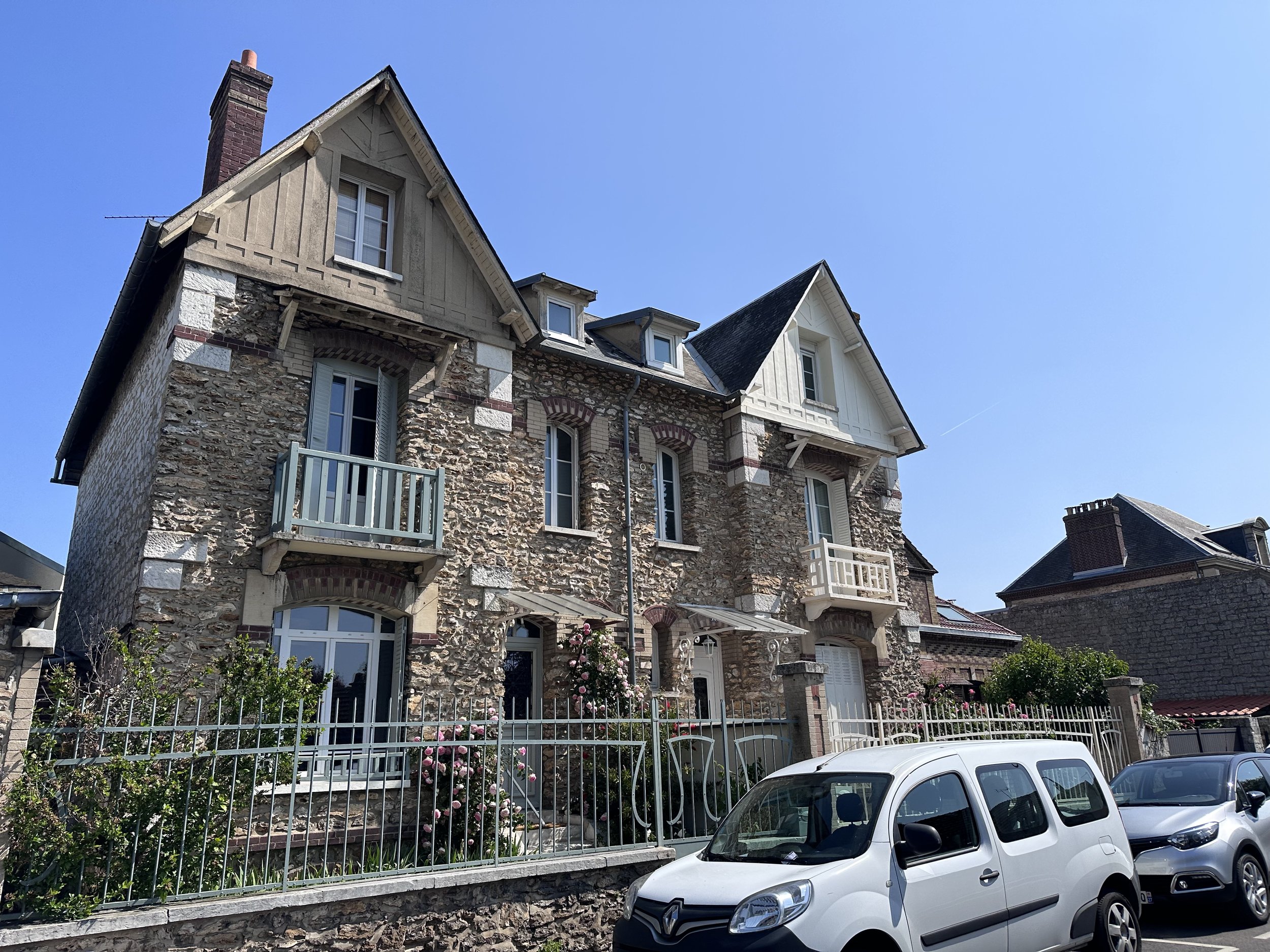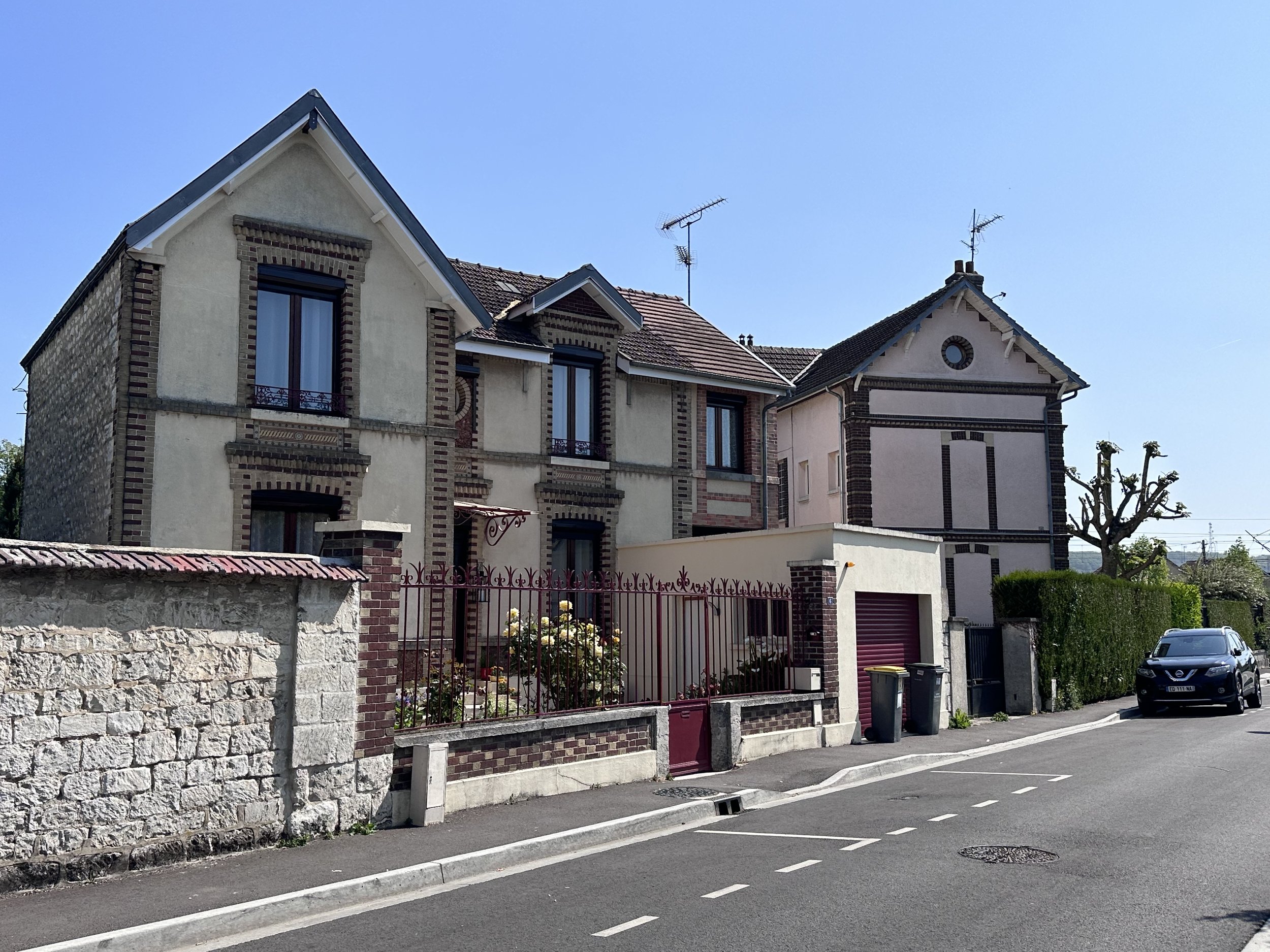Exploring Giverny, France
Time needed in this town: 1-2 nights
Giverny was one of the most magical and special French countryside towns in France. Just 45 minutes from Paris, it’s a spectacular day trip that cannot be missed. Aside from wanting to wander through endless flower-lined streets and roads, stepping into Monet’s painting is something you can’t even believe you get to do. We wish we had stayed the night to really explore the town.
Also, make sure to spend time in the town of Vernon - the train stop that gets you close to Giverny (of which, then you take a shuttle bus). Wandering the streets looking at historic homes, as well as wandering the center of town, is something many people forget to do and we believe is a must.
The below information is a complete guide of the best places to stay, the top rated places to dine and drink, and all there is to see and do. We’ve also included transportation tips, as well as a summary of the history of this quaint little town!
Jump To:
Where to Stay
While we only did a day trip from Paris, there are plenty of top-rated places to stay in Giverny. Our recommendations are:
Le Jardin des Plumes - They also house Giverny’s only Michelin-starred restaurant.
Where to Dine & Drink
Aux Gourmandises
They sell traditional French pastries and coffee. They are open from 10:30am - 6:30pm Saturdays and Sundays.
La Dîme
Serving organic jars, homemade pies and cakes, salads and charcuterie trays, cheese served 7 days a week for lunch or as an aperitif by reservation. They are open all hours for all meals.
Le Jardin des Plumes
The only Michelin-starred restaurant in Giverny, they serve French fare for both lunch and dinner (with an ever-changing menu). They are open from 12:15pm - 1:30pm for lunch and 7:30m - 9:30pm for dinner.
Each trip we take, we try to choose one Michelin-starred restaurant to experience and for this trip, it was Le Jardin des Plumes. As we learned, it’s a 3, 5, or 7 course meal experience with little gratis dishes in between each course. The food was unbelievably incredible - both in presentation and in taste. And in addition, they were very gluten-free friendly, offering us (practically) limitless gluten-free rolls, along with ensuring all dishes were made gluten-free or had a substitution available.
Note that the 3 course experience takes two hours to complete, so plan for plenty of time to enjoy this once-in-a-lifetime experience.
The Parenthèse
Serving a fresh, seasonal menu that can accommodate most diets. They are open from 10am - 10pm for all meals.
Things to See & Do
The first section you’ll come to is the Clos Normand, the original garden right outside of the house. Spruce trees and an apple orchard once grew there, though since he was constantly modifying his two acres (and much to his wife’s protest), he soon replaced the trees with the flower beds and graceful arches that are still present today. Fun fact about Clos Normand: As you’ve seen in his work, Monet preferred beds of daffodils, tulips, irises, oriental poppies, and peonies for a huge burst of color - nearly 100,000 annuals, as well as an equal number of perennials, can be seen in the garden in virtually all seasons (check out the bloom calendar, here)! After you’ve been in awe over the front yard, you’ll be able to step into his most famous of all paintings, “Water Lilies”, where you can not only circle the pond, but stand on the iconic curved bridge as well. Finally, you head to Monet’s home - the pink stucco house he lived in for 43 years. He and his wife had eight children, so you can imagine how full the home was! Today, several of the rooms have been renovated with period furniture and colors to show how they looked when Monet lived here. Reproductions of his paintings hang throughout the house as well.
One word can be used to describe being in Monet’s mansion and gardens - magical. If there was ever a place to step into a real painting, it would be there. While there were way more people there than probably should be, it was so easy to find less-traveled garden paths with amazing views. In addition, his mansion was so awe-inspiring to go through - each room brightly colored, full of life, and certainly, full of joy.
TIP: Get your tickets for early as possible - they do have timed entry.
Eglise Sainte Radegonde de Giverny
A short way from the house, along Rue Claude Monet, is the Eglise Sainte Radegonde de Giverny - a church that dates back to the 16th century and also the final resting place of Monet and several of his family members.
TIP: When you face the front of the church, take the stairs to the right and follow the path to the left. His and his family’s tomb is located there.
Hôtel Baudy
When Monet was alive, artists including the likes of Cézanne and Rodin poured into Giverny to get close to the Master of Impressionism. Many stayed at this boarding house, which became a place frequented by artistic legends. The Ancien Hôtel Baudy is now a café and restaurant.
Museum of Impressionism
Just a 3-minute walk from Monet’s house and gardens, this museum displays art of the late 1800s and early 1900s with rotating exhibits that feature works by Monet, as well as his contemporaries.
Wander around Giverny
The entire village is so charming that it’s no wonder why Monet decide to spend the rest of his life there. Take the time to wander around and enjoy all the beautiful sites and millions of flowers in bloom (best time to go is late May).
TIP: We wish we had stayed in Giverny for a night to really explore it. Check out our list of recommended hotels and inns to stay at and definitely book at least one night!
The Town of Vernon
Many people are in a rush to get off at the Vernon train station and head straight for the shuttle buses. Blackbeard and I decided to wander a little bit before taking the next bus to Giverny. It’s when we realized we wish we had spent the night in Vernon (or Giverny) to really get to know this town.
Like stepping into a time warp, the homes are centuries old - most of them with fascinating histories.
With the history dating back to 750 A.D., it’s probably one of the most well-preserved towns on earth.
How to Get There
Giverny is located on the Seine about 50 miles from Paris, which makes it an easy train ride from Gare Saint Lazare to Vernon - the closest town you can get to Giverny by train (about 45 minutes). From the train station, take the 20-minute shuttle ride to Giverny, which come and go on a regular basis.
PRO TIP #1: Take a picture of the shuttle schedule at either the train station or drop-off point to make sure you get back to Paris before shuttles/trains stop running for the evening.
PRO TIP #2: Get to the shuttles early for a seat - especially on by the window. Also, they are fully electric buses, so the air conditioning doesn’t work great.
A History Summary
1st and 2nd centuries AD - The town was known in ancient deeds as "Warnacum". The cultivation of grapes has been an occupation of the inhabitants of Giverny since Merovingian times.
Middle Ages - The village church dates from the Middle Ages and is built partially in the Romanesque style, though additions have since been made. The village has remained a small rural setting with a modest population and has since seen a boom in tourism since the restoration of Monet's house and gardens.
Late 1883 - 1890 - Claude Monet noticed the village of Giverny while looking out of a train window (at the time, there were about 300 inhabitants in Giverny, most of them farmers, and a few middle-class families). He made up his mind to move there and rented a house that he eventually purchased in 1890 when he had the money to buy it outright.
1887 - Several American Impressionist artists settled to work in Giverny, drawn by the landscapes, the overall atmosphere, and the presence of Monet. These artists included Willard Metcalf, Louis Ritman, Theodore Wendel, and John Leslie Breck.
1890 - He began to build his gardens - the front of the house is where the Clos Normand is located (100, 000 plants are replaced each year, along with 100, 000 perennials that continually exist on) and on the other side of the road, he had the waterlily pond dug, which in order for him to achieve the look he wanted, he diverted a branch of the Epte River.
1892 - American painter Theodore Earl Butler married Monet's stepdaughter and part-time model, Suzanne Hoschedé, there.
1906 - 1919 - Frederick Carl Frieseke spent every summer in a residence next door to Monet's.
1911 - The term ‘Decorative Impressionism’ was coined to describe Frieseke's work, and the term describes the work of a "second wave" of American painters in Giverny, such as Richard E. Miller.
1926 - Monet passed away and is buried in the village church

